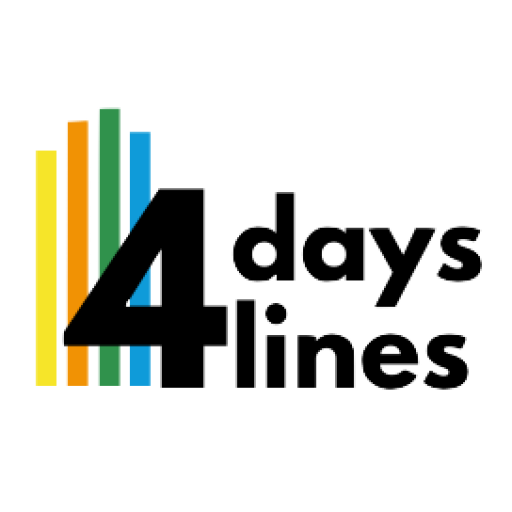Take Action
Inaccessibility to spaces has ripple effects on some people’s ability to access jobs, education, housing, and various services and other social activities. While for the able-bodied the built environment’s structural obstacles are mere inconveniences, for others they can determine life opportunities.
As we collectively return to the ‘new normal’, we can choose to retrofit our cities so they embody more and more inclusive and accessible spaces.

Who will benefit from these retrofitted spaces?










The Invisible Consequences of Inaccessibility

Accessibility in our built environment goes beyond ramps and elevators, which are important usually to enter and exit a space.
What else can create a barrier-filled experience?
Click on the photos to see how our spaces can present obstacles for people with reduced mobility.
Join us.
We help communities review their city's accessibility challenges and offer user-centered solutions to promote equitable access to urban space for all.










